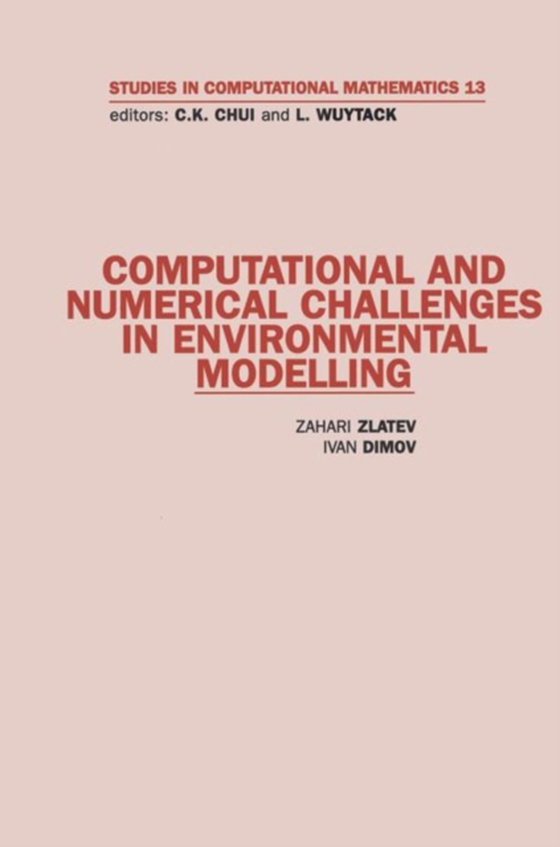
Computational and Numerical Challenges in Environmental Modelling e-bog
1167,65 DKK
(inkl. moms 1459,56 DKK)
Many large mathematical models, not only models arising and used in environmental studies, are described by systems of partial differential equations. The discretization of the spatial derivatives in such models leads to the solution of very large systems of ordinary differential equations. These systems contain many millions of equations and have to be handled over large time intervals by appl...
E-bog
1167,65 DKK
Forlag
Elsevier Science
Udgivet
2 maj 2006
Længde
392 sider
Genrer
PBKS
Sprog
English
Format
epub
Beskyttelse
LCP
ISBN
9780080462486
Many large mathematical models, not only models arising and used in environmental studies, are described by systems of partial differential equations. The discretization of the spatial derivatives in such models leads to the solution of very large systems of ordinary differential equations. These systems contain many millions of equations and have to be handled over large time intervals by applying many time-steps (up to several hundred thousand time-steps). Furthermore, many scenarios are as a rule to be run. This explains the fact that the computational tasks in this situation are enormous. Therefore, it is necessary to select fast numerical methods; to develop parallel codes and, what is most important when the problems solved are very large to organize the computational process in a proper way.The last item (which is very often underestimated but, let us re-iterate, which is very important) is the major topic of this book. In fact, the proper organization of the computational process can be viewed as a preparation of templates which can be used with different numerical methods and different parallel devices. The development of such templates is described in the book. It is also demonstrated that many comprehensive environmental studies can successfully be carried out when the computations are correctly organized. Thus, this book will help the reader to understand better that, while (a) it is very important to select fast numerical methods as well as (b) it is very important to develop parallel codes, this will not be sufficient when the problems solved are really very large. In the latter case, it is also crucial to exploit better the computer architecture by organizing properly the computational process. Use of templates in connection with the treatment of very large models Performance of comprehensive environmental studies Obtaining reliable and robust information about pollution levels Studying the impact of future climatic changes on high pollution levels Investigating trends related to critical levels of pollution
 Dansk
Dansk

